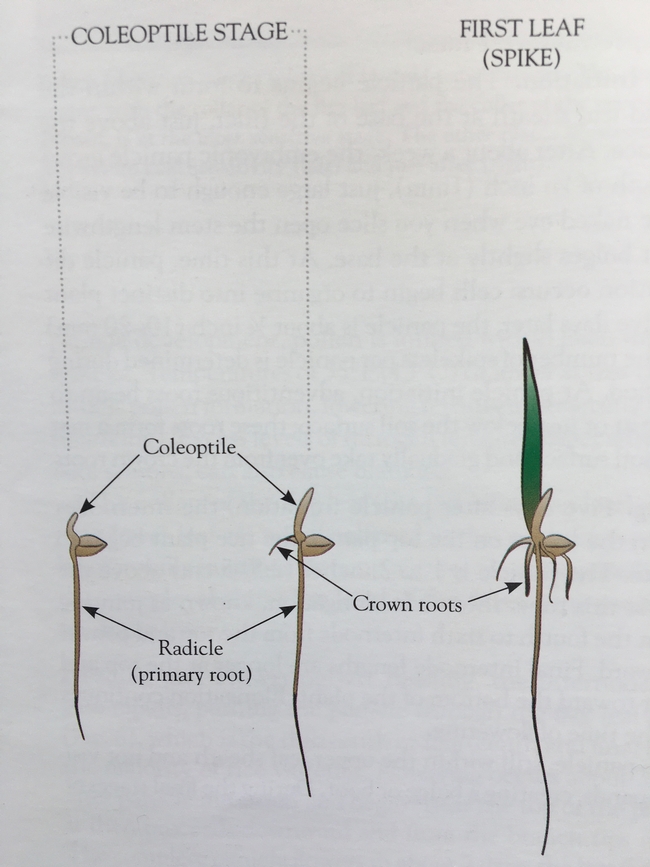Over the years, I have heard from several growers and PCAs that after a dry winter like we just had, the soil profile can be really dry, and it may take longer to flood fields. Additionally, with the increase of area under fallow, water losses to seepage may be larger than usual, also resulting in longer time to flood fields. Longer flood times give TPS a head start over rice seedlings, increasing the risk of TPS injury.
TPS eggs hatch soon after the soil is saturated, and the young TPS are very small and hard to see. TPS grow very fast; sometimes it seems they appear out of nowhere from one day to the next. Monitor for TPS closely, especially if flooding is taking longer than usual.
When to treat: TPS will feed on the young coleoptile and radicle as they emerge from the seed. If you can see TPS while these structures are developing, a treatment is needed. Once seedlings have a well established root and well developed spike, the risk of injury is low. Even large TPS will not injure well established seedlings.

Products:
- Pyrethroid insecticides (Warrior, Mustang) work well, but resistance is a concern in some areas.
- Carbaryl (Sevin) is also effective. This insecticide is not used because of concerns of phytotoxicity when propanil is used. Phytotoxicity can occur when propanil is applied 14 days before or after carbaryl. Given the timing of TPS treatment, it is very unlikely that phytotoxicity will occur when propanil is used 30 days later.
- Copper sulfate works well. Because of poor winter rainfall, there is a lot of straw residue in some fields. Straw can bind copper, so do not lower the rate.
- Diflubenzuron (Dimilin) works well when applied to small shrimp. Large shrimp will be affected but may take longer to die.
- Clothianidin (Belay) has worked well in trials.